
Nature’s incredible beauty
Now more than ever, we recognize how beautiful our world is, and we start to comprehend why it’s so important to keep it healthy— in every way we can. The natural habitats of the Earth and the creatures that live there are part of what makes our world incredibly beautiful.
Although human encroachment, environmental disasters, climate change, and even the new coronavirus are undoubtedly taking their toll, the silver lining is that we are more aware than ever of the need to protect what we value in the world.
Taking care of our environment is important in order to make sure that the wonders of nature will be there for us in the future. It may not even be as difficult as we think, considering that after the recent travel drop caused by the COVID-19 outbreak, nature is already beginning to bounce back.
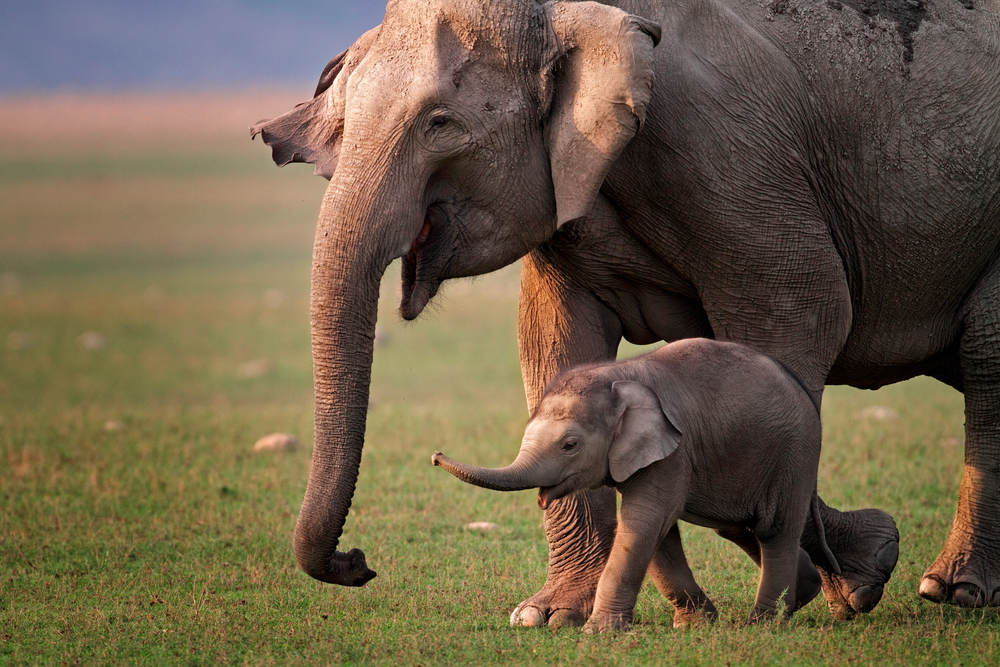
Asian elephants
Elephants are wonderful creatures. You will never forget the joy of looking one in the eye and seeing its remarkable intelligence or seeing its dexterous trunk pick up a small object. Although African elephants are also at risk, Asian elephants are at an even greater risk. Elephants are hunted for their tusks and skin, but habitat loss is their greatest threat, especially in Asia.
There are about 20,000 to 40,000 remaining wild Asian elephants, most of them in India, reports National Geographic. Countries such as Thailand are protecting both their wild and captive elephants, many of which have been saved from the logging industry. Thailand has proclaimed 2020 the “Year of the Captive Elephant” and a number of projects are underway to enhance the well-being of elephants.
However, the coronavirus pandemic has added new problems, including a significant decrease in the number of tourists visiting elephant sanctuaries and the money that typically pays for the expensive care of these animals. The Thai Elephant Alliance Association collects donations to help provide food, medicine, and elephant care before visitors can safely return.
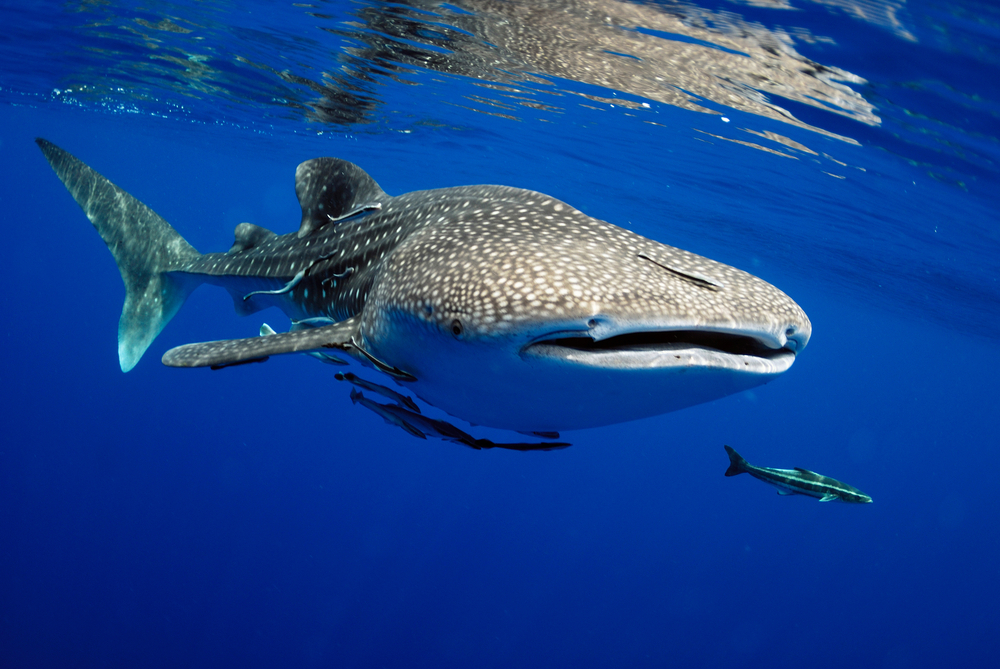
Whale sharks
Whale sharks are not just another big species—they’re the biggest fish in the sea and they’re about the size of a bus! That’s definitely just one of the facts you probably didn’t know about the whale sharks. You might also not know that the International Union for the Conservation of Nature ( IUCN) has reported them as endangered.
Its population is at risk as a result of fishing, boat strikes, and climate change negatively impacting its food supply. Tourists can help keep wildlife more alive and happy than, say, on a dinner plate. Mexico is one of the few countries in the world to have laws related to whale-shark tourism.
In La Paz, a peaceful town on the Baja Peninsula, the safety of whale sharks is taken extremely seriously. Whale sharks frequently visit La Paz between October and April, and by taking a boat trip to snorkel with them, you can help protect these gentle giants.
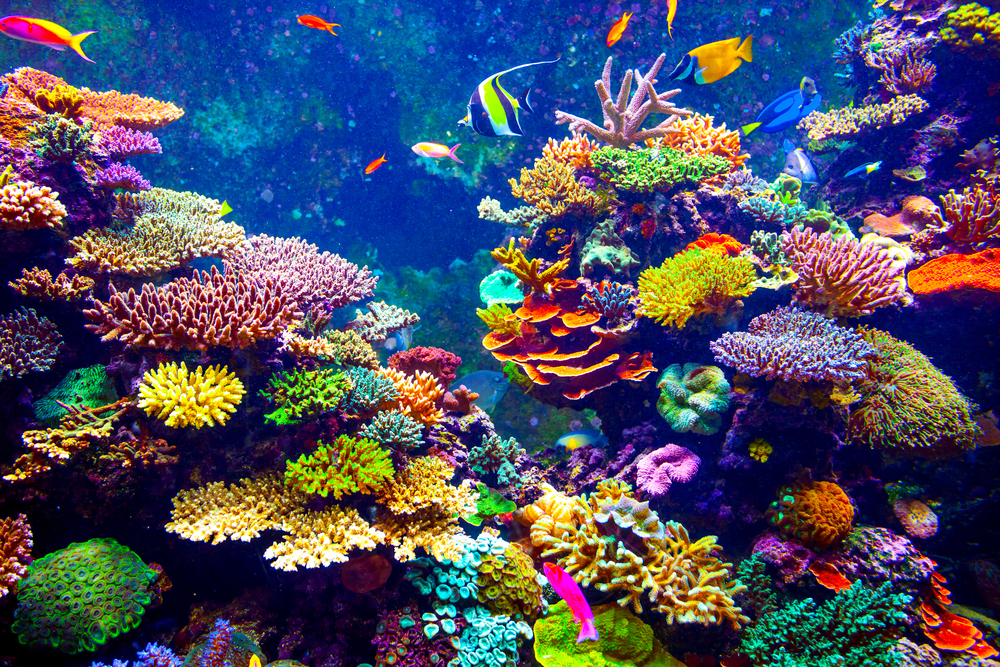
Coral reefs
If you look at them underwater from your snorkeling mask or admire them from above, the coral reefs are magnificent. They can be found in places like Honduras, St. Vincent and the Grenadines, and Australia (home to the world’s largest coral reef). Climate change and rising ocean temperatures affect coral reefs and can contribute to coral bleaching.
The World Wildlife Fund (WWF) states that the stressed-out coral ejects tiny algae called zooxanthellae, and the coral dies without them. So, if you ever see white coral, that’s actually dead coral. When coral dies, it affects all the species that live in and around it (and those that consume it as well).
Dead coral can signify food shortages for humans, as well as threats for our coastal ecosystems because these reefs can no longer shield the land from storm surges the way they once did. Preventing pesticides and reducing fertilizer runoff into the ocean will help, but slowing down climate change can make the greatest difference, says WWF. You can help by simply wearing a reef-safe sunscreen while you swim; there are many hotels in those areas who also give it to you free.
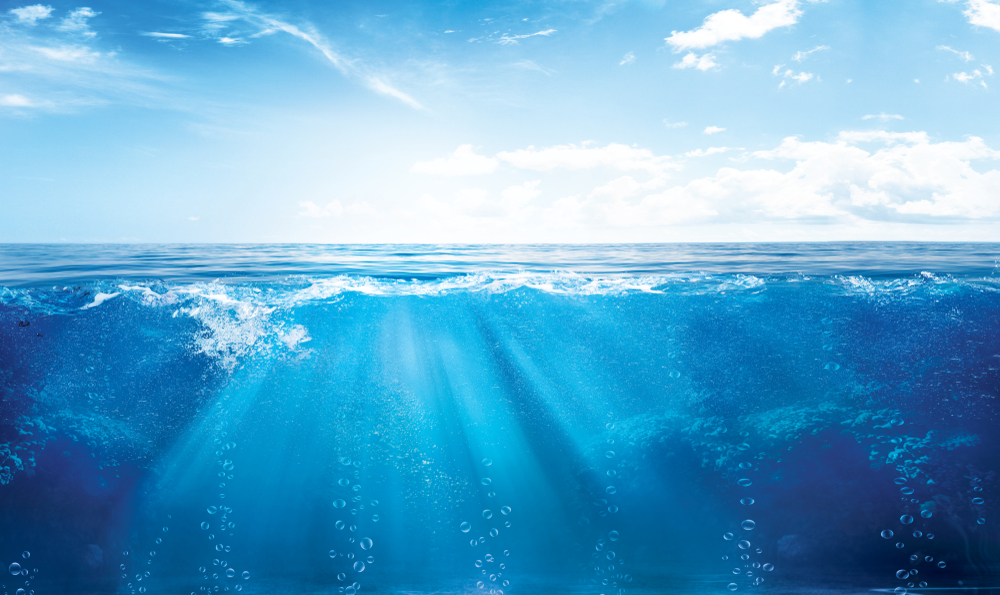
The oceans
World Oceans Day, 8 June, draws attention to our need to protect the world’s largest waters, which are in serious trouble right now. The COVID-19 pandemic has given us a glimpse of what our oceans will look like if we take better care of them. In Thailand, for example, there were rare sightings of orcas and manatees in April, and a pod of dolphins swam 400 yards off the island of Krabi. A decrease in ocean noise and reducing ship traffic is one of the reasons why we are seeing more marine life during the pandemic.
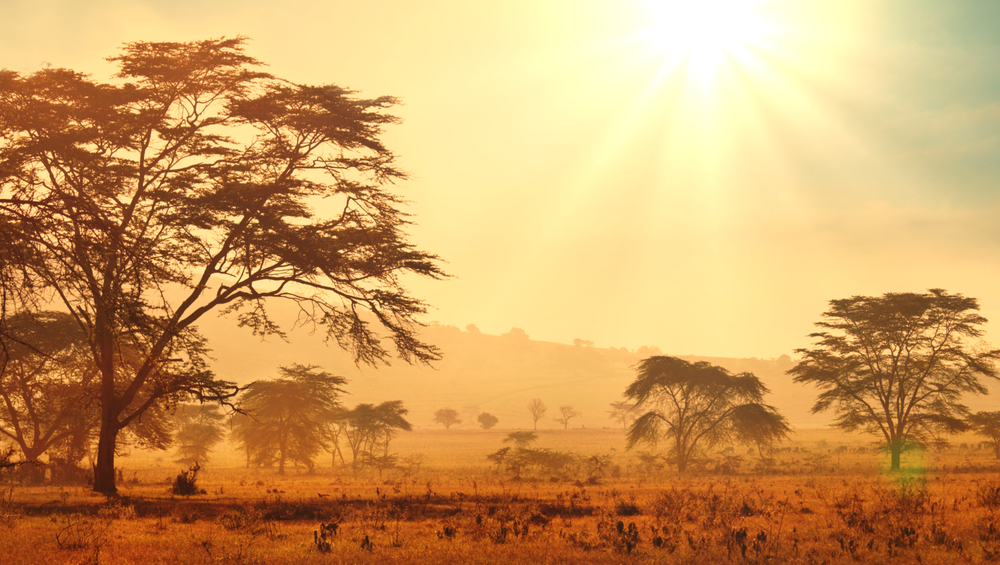
The African savanna
The savanna, which extends from Chad and Sudan all the way to South Africa, is home to some of the most majestic animals in the world, including endangered rhinos, elephants, and cheetahs. Savanna is also where, as The Conversation describes, much of the agriculture in sub-Saharan Africa takes place.
The savanna is under threat from climate change and is gradually being used by humans for farms, factories, and housing. Without savanna, we would have lost countless livestock, as well as reduced human food production. Compounded with the COVID-19 pandemic, it causes both humans and animals to starve.
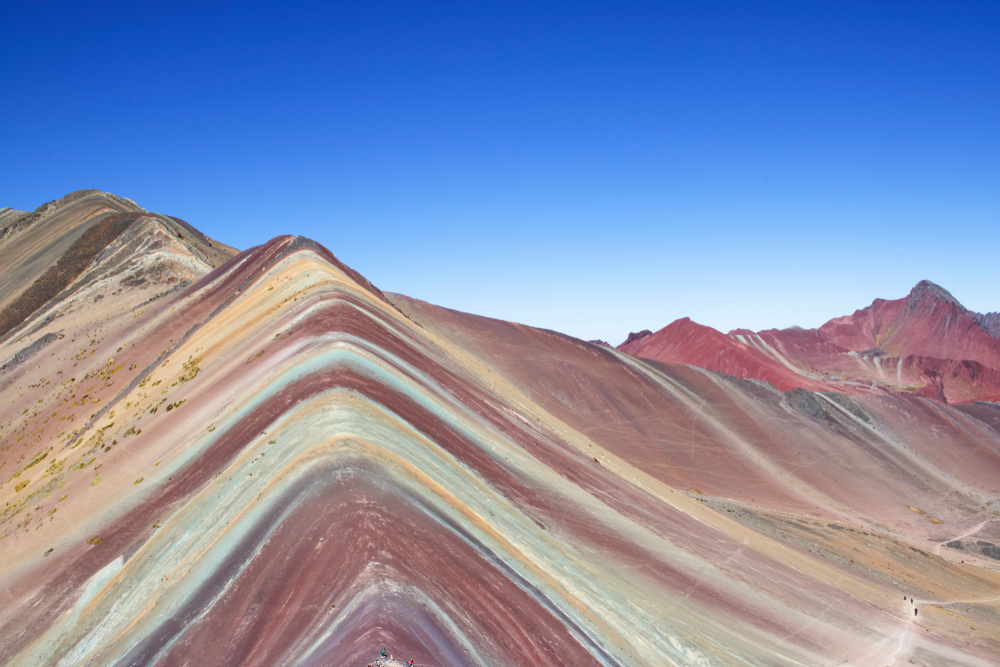
Peru’s rainbow mountains
Peru is best known for the “lost” Incan city of Machu Picchu and the Amazon River that passes through its eastern half. But Peru is also home to the unusually colored mountains known as the Rainbow Mountains. The real name is the Ausangate Mountains, and many Peruvians believe it’s holy.
Rainbow stripes are caused by temperature and minerals: red is iron oxide, yellow is iron sulfide, and green and turquoise is chlorite. Atlas Obscura claims it used to take six days of hiking to get there, but now you can travel from Cusco to the base of the mountain in just three hours. Be warned, however, that the peak is at 20,095 feet, well within the altitude-sickness zone.
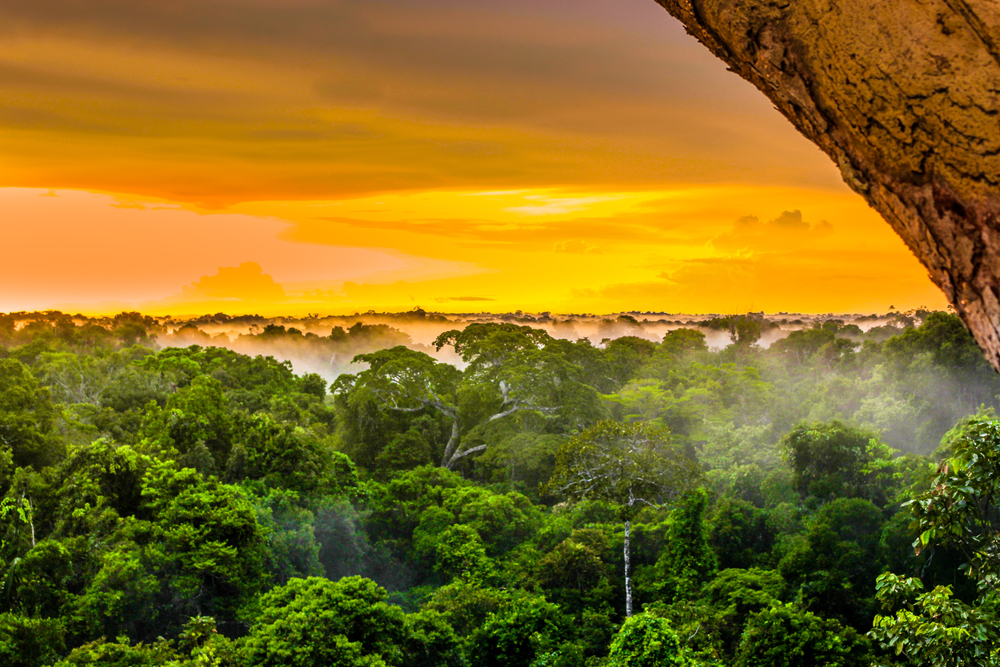
The Amazon
The Amazon River flows not only through Peru, but also through five other South American countries (Bolivia, Brazil, Colombia, Ecuador, and Venezuela). It is home to a whole host of rare plants and animals, including pink dolphins and the 17 animals that live only in the Amazon rainforest.
Going to tour on the river itself, with a company like Nature Tours, is the perfect way to see and learn about one of the most important ecosystems in the world. The Amazon Basin is also home to some 350 ethnically diverse indigenous peoples. Around 60 of them, according to Live Science, are “essentially isolated” from the outside world. Unfortunately, the Amazon is threatened by deforestation, agriculture, drought, dams, and the exploitation of resources, states the WWF.
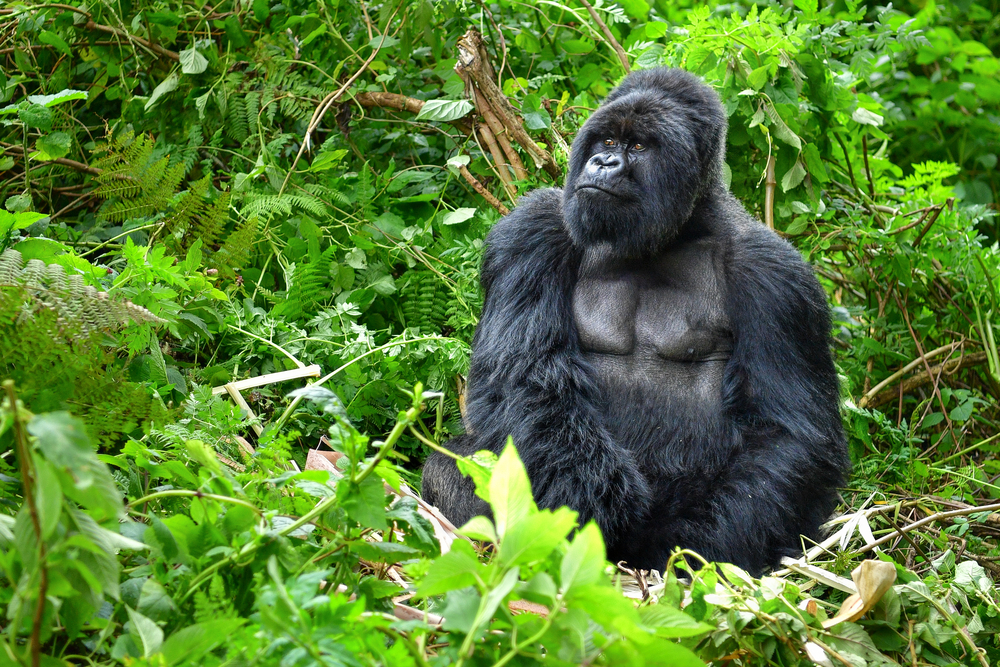
Mountain gorillas
You’ve probably seen gorillas in a zoo, but unless you’ve been walking in the rainforests of Uganda, Rwanda, or the Democratic Republic of the Congo, you’ve never seen a mountain gorilla. Lowland gorillas can exist almost anywhere, but mountain gorillas live only in the Bwindi Impenetrable Forest of Uganda and the Virunga Mountains, which cover the border region of all three countries.
Like most of the world ‘s wildlife, they are at risk primarily because of habitat destruction. The last census, in 2019, counted just 1,063 mountain gorillas. National Geographic describes that if their numbers are too low, the mountain gorilla population would become too inbred to survive.
They may suffer the same fate as the Tasmanian devils, for example, who are dying out because there is not enough genetic diversity for them to survive a form of transmissible cancer. Like elephants, the protection of mountain gorillas is at risk due to the decline in tourism associated with COVID-19.
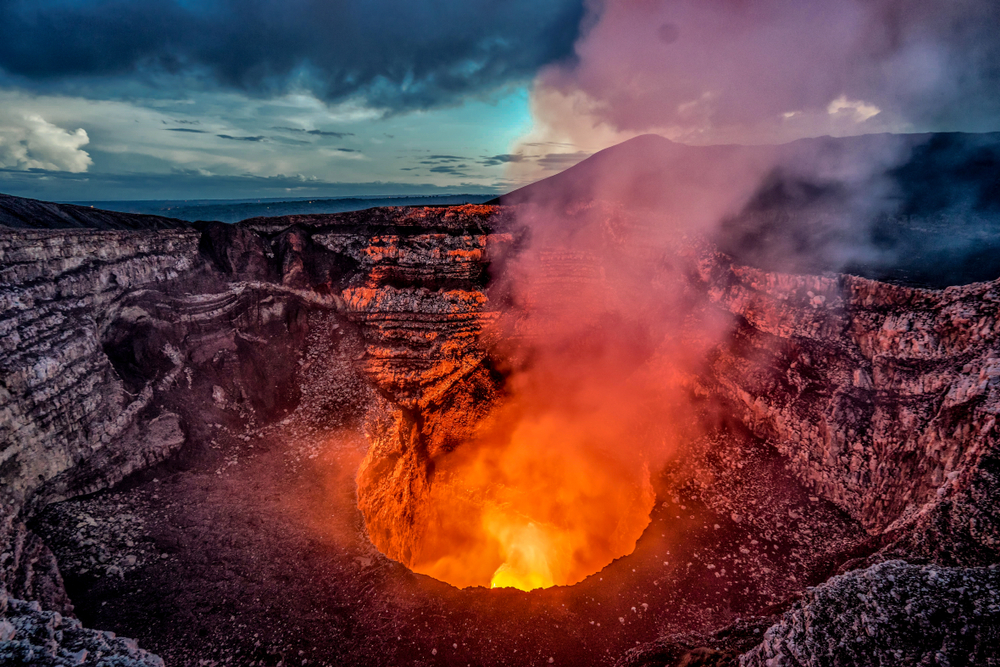
Volcanoes
Although it might seem strange to protect things that are dangerous, volcanoes play an important part in our environment, as well as being awesome to look at. When a volcano spews ash, it generates a very rich soil. We do use pumice, ash, and basalt for items like concrete, insulation, soap, and electroplating. Volcanoes are also responsible for forming new islands.
El Salvador’s Santa Ana Volcano is a stratovolcano and the highest point in the country. When it erupted in 2005, boiling water and mud were poured out, as well as rocks the size of vehicles, leaving the land around it extremely fertile. You can hike the volcano to see the rare plants growing at its various elevations and enjoy the mysterious yellow-green lake that sits in its crater.
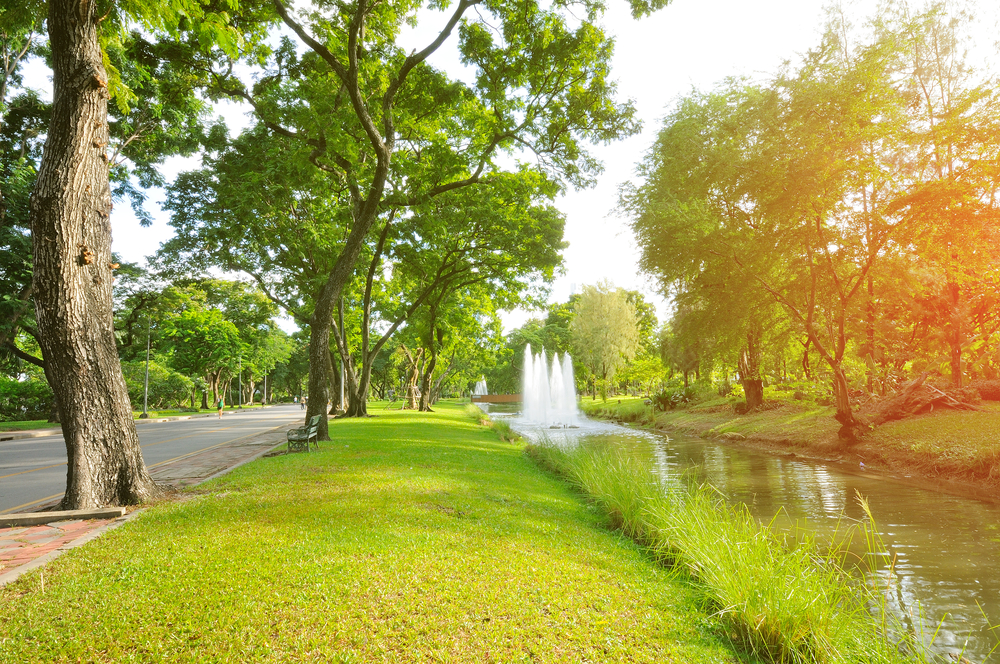
Green spaces in cities
Parks and green spaces in our cities are also an integral aspect of our natural environment. This is an image of the Seawall in Stanley Park, right next door to downtown Vancouver. Stanley Park’s 1,000-acre temperate rainforest is home to centuries-old giant trees and wildlife such as large blue herons, bald eagles, beavers, coyotes, and raccoons.
Plus, the occasional sea of the harbor and the whale swim by, much to the delight of everyone who sees them. Such urban green spaces are vital places for people to play and relax, and they contribute to our physical and mental health.

Whales and dolphins
Killer whales, like this, have a deceptive name for themselves. First of all, they ‘re not whales at all; they ‘re actually a type of dolphin. And while they search for their food, calling them “killer” is like calling another carnivore a “killer.” Resident killer whales eat salmon off the western coast of Canada and the United States.
Transient killer whales, moving in small groups of three or so instead of in large pods, usually eat seals. Protecting whales of all kinds includes creating a cleaner ocean ecosystem by reducing ship noise, ensuring that pollutants are not dumped into the water, and ensuring that they have enough food supplies.
An important part of this is preserving the rivers and streams where fish such as salmon, so that they can eventually find their way to the ocean and become food for killer whales. Canada has a rehabilitation plan for these marine creatures.
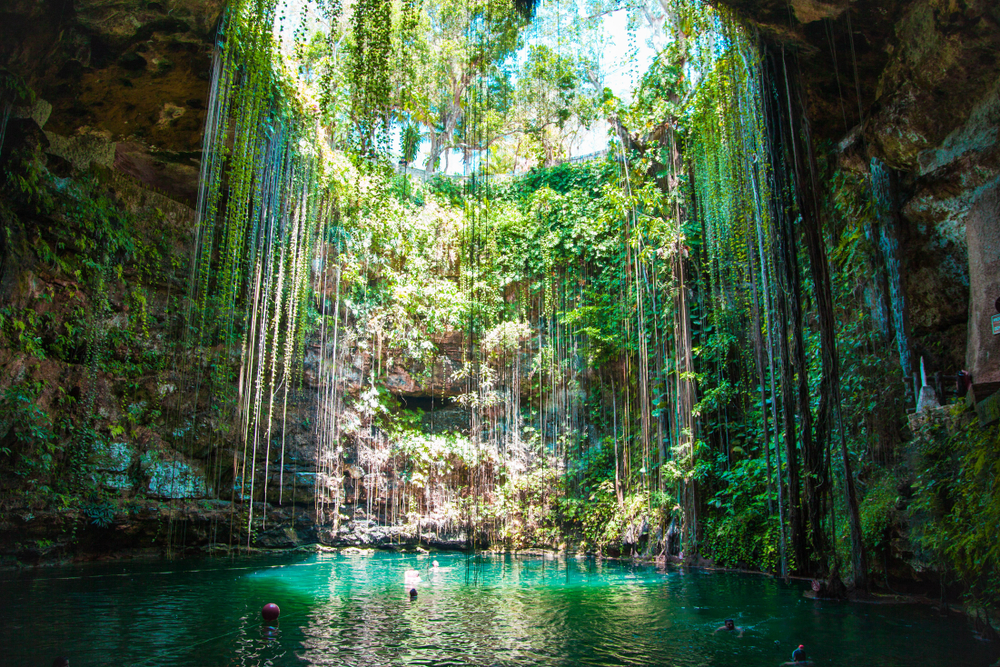
Cenotes
Cenotes are limestone sinkholes of clear aquamarine water. There are about 8,000 of them in Mexico’s Yucatán Peninsula, particularly in the state of Quintana Roo, home to the Mayan Riviera. Some of the cenotes are open to the air, and some are enclosed as caves. They can look unusual, and they were, in fact, spiritually important to the ancient Mayan people.
Surprisingly, the cenotes of the Yucatán are one of the 11 locations on Earth that are still unexplored. You’ll see all kinds of fish as well as animals like iguanas and coatis in the nearby jungle when you swim in one. You can even swim from the cenote to the cenote through underground rivers in places like the Xcaret eco-archaeological park.
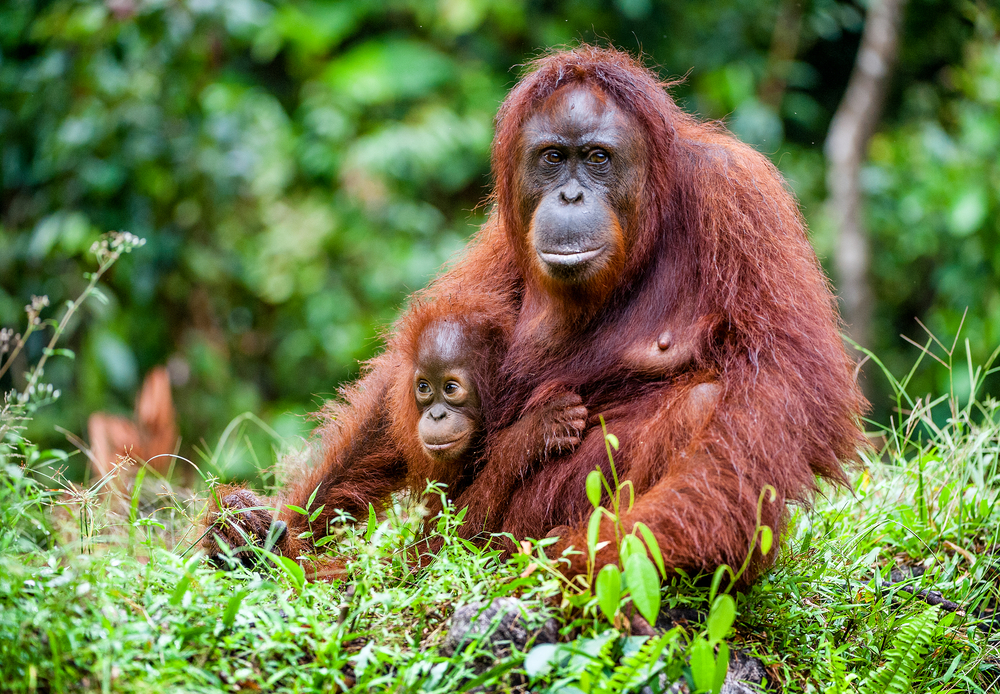
Orangutans
This orangutan may be wondering why humans, who share 96.4% of their genes, have done so much to endanger their habitat. The WWF notes that there are three different types of orangutan. Approximately 104,000 Bornean orangutans (classified as endangered), only 7,500 Sumatran orangutans (critically endangered), and fewer than 800 Tapanuli orangutans (most endangered of all apes) remain.
The harvesting of palm oil is one of the major causes of the loss of their habitat. According to the WWF, trying to avoid palm oil is a poor decision, but you should look for products with the RSPO label, which shows that they are made from certified sustainable palm oil.
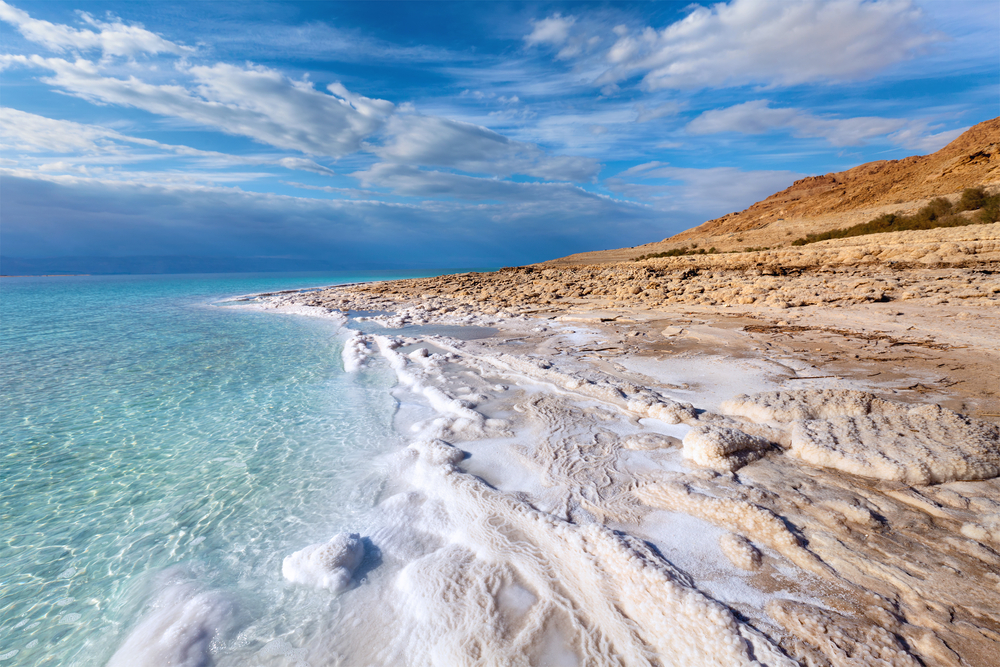
The Dead Sea
The Dead Sea is so salty that it looks like icebergs of salt crystals are floating in it, as in this picture. Salt makes swimmers very maneuverable, and people can float so high in the water that they can read a book without getting wet. The salt lake between Israel and Jordan is 1,300 feet below sea level, the lowest point on Earth.
Every year, the Dead Sea shrinks by about three feet, and there are dangerous sinkholes around the lake. Some hotels established in the 1980s are so far removed from the shores of the Dead Sea that they pump water into reservoirs that visitors don’t have to take a drive to swim.
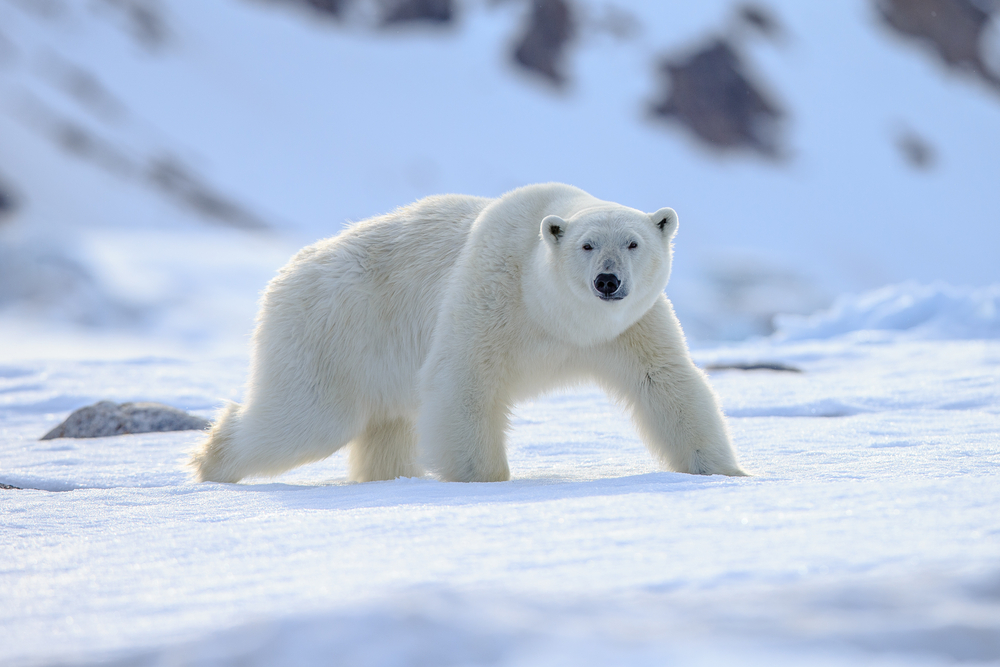
Polar bears
Polar bears that can weigh up to 1,600 pounds, live in the Arctic and need ice to exist. The reduction of sea ice due to climate change is a threat to the environment and these species are now marked as vulnerable. Polar bears mostly like to feed on seals, and they stand on the edges of the ice, waiting for one to breathe. And here’s a funny polar-bear fact: mothers normally give birth to twins.

Icebergs
Icebergs are also important to polar bears. Once part of the glaciers or ice shelves, they also look like floating castles. If an iceberg comes down from a glacier, it’s called calving. There is a certain amount of calving every year as the summer season comes in the Arctic or Antarctic and the weather warms.
Far to much global warming, therefore, means too many icebergs that could interfere with shipping lanes and possibly sink ships. Scientists are researching icebergs to learn more about climate change and ocean currents. Icebergs also provide a refuge for marine life, such as plankton and fish, and a great resting place for seals and polar bears (though not at the same time). Every year, Icebergs visit the Canadian regions of Newfoundland and Labrador, and spotting them from shore or by boat is a traditional tourist activity.
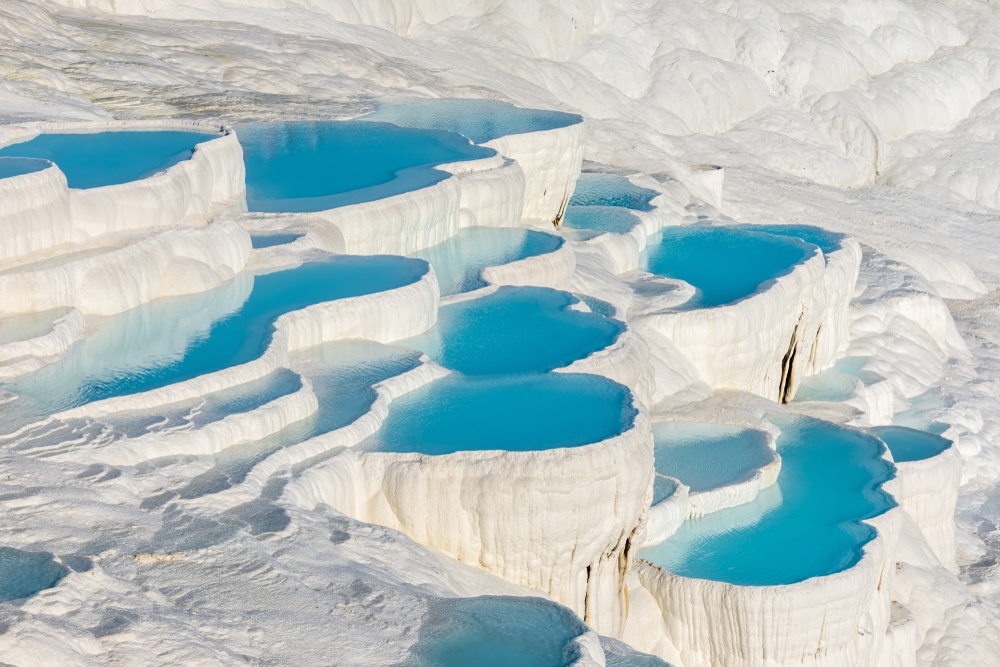
Pamukkale
Pamukkale, which means “cotton castle” in Turkish, is the name of a mysterious mountain in south-western Turkey. This incredible UNESCO World Heritage site looks like it’s covered in snow and has a cascading collection of turquoise blue pools, overflowing with “cicles” down the side of the mountain. The terraced pools are made of travertine, a form of white limestone formed by hot springs.
People used to bathe in the warm pools; in Roman and Byzantine times, it was a spa town, and you can still visit the ruins of a 15,000-seat amphitheater. But, all that tourist traffic has caused erosion and destruction to the pools, so that people are now only allowed in a few of them. Some areas of the white stone still allow you to walk, but only barefoot.
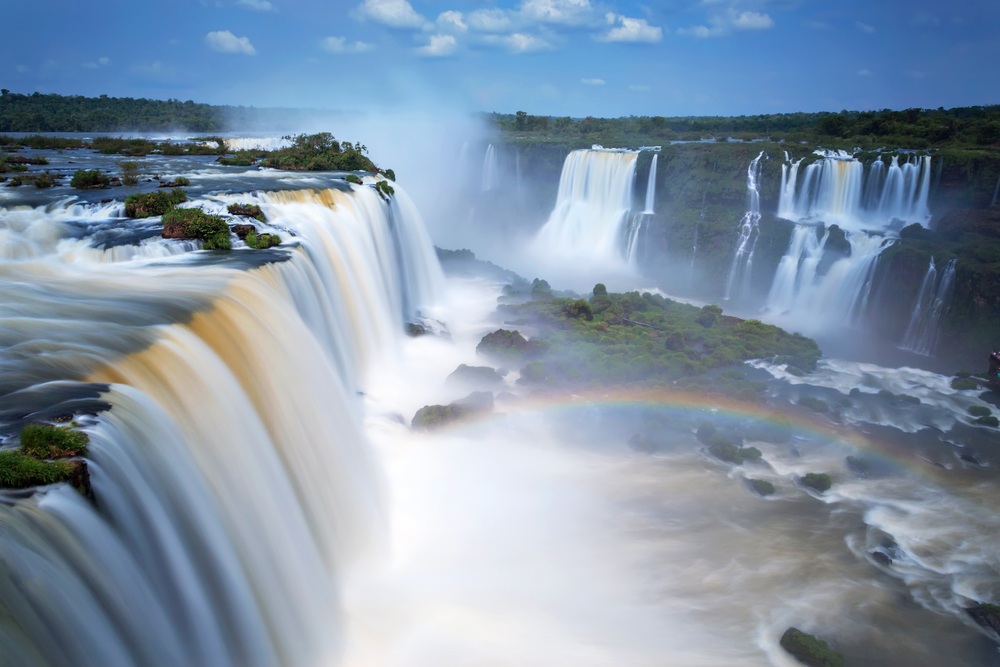
Iguazu Falls
Niagara and Victoria Falls seem to get all the media attention, but people who haven’t seen the Iguazu Falls have no idea what they’re missing. In fact, when Eleanor Roosevelt first saw it, she allegedly said, “Poor Niagara!” There were 275 different falls in the city, all complemented by bright green jungle, rainbows, and butterflies. Iguazu Falls are so incredible that it’s one of the real places that inspired Disney rides.
You can see the falls from Argentina and Brazil, and each side of the gorge provides a special experience. The falls are also at the border of Paraguay, and the three countries are working together to secure it with the support of Canada and the United Kingdom, Culture Trip states.

Tropical islands
Tropical islands, with their white sandy beaches surrounded by turquoise seas, look like paradise. Yet it’s not always convenient to maintain a paradise. Bloomberg mentions, for example, that the Cook Islands sacrificed their tourism-dependent economy during the COVID-19 pandemic in order to stay free of the virus.
Another problem: climate change is causing some of the tropical islands to fall. Particularly in the South Pacific and the Maldives, several islands are at risk due to rising sea levels and severe storms. In reality, an 11-acre island in Hawaii vanished in 2018, and three other islands vanished in 2019, reports NBC.
One of them was in the Pacific island country of Kiribati, which consists of 32 atolls. All that remains of one atoll, called Tebunginako, is a destroyed church surrounded by high tide water.
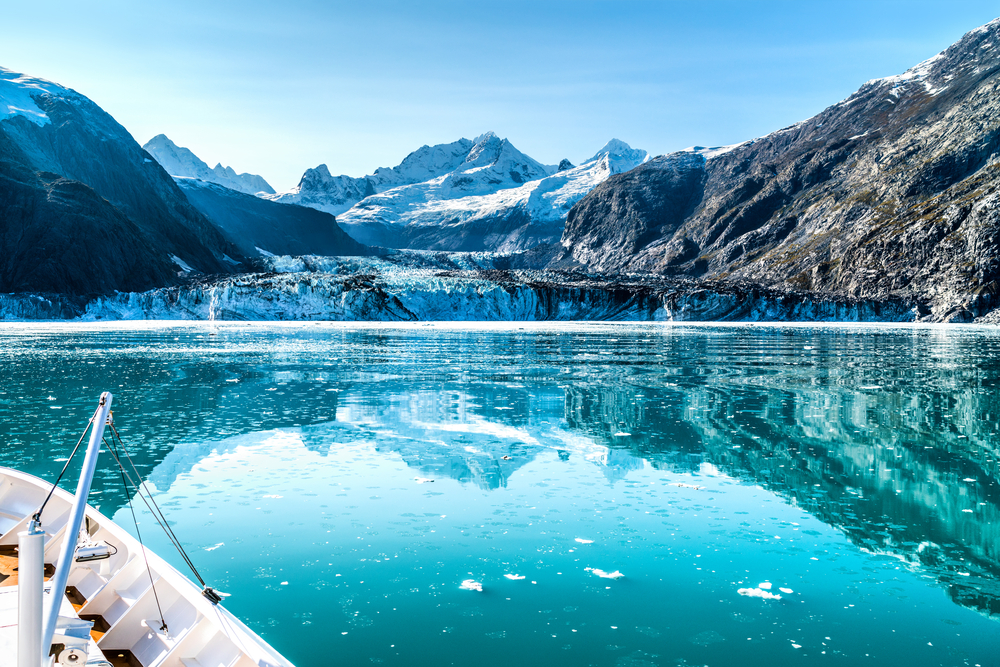
Glaciers
Climate change is collapsing the world’s glaciers, which contributes to rising sea levels, and it’s happening everywhere. The Planpincieux glacier of Mont Blanc was at risk of collapsing last year. Canada’s High Arctic, one of the most glacial areas in the world, is losing its glaciers due to some of the highest global warmings on the planet. Iceland is another heavily glaciated region. Approximately 11 percent of Iceland is covered by 269 glaciers, and sometimes they form strange caves that tourists may explore.













































1 thought on “20 Images That Show The Beauty of Our Natural World — And What’s At Stake”
thank you for the beautiful pictures!!! maybe i can visit some of those places.